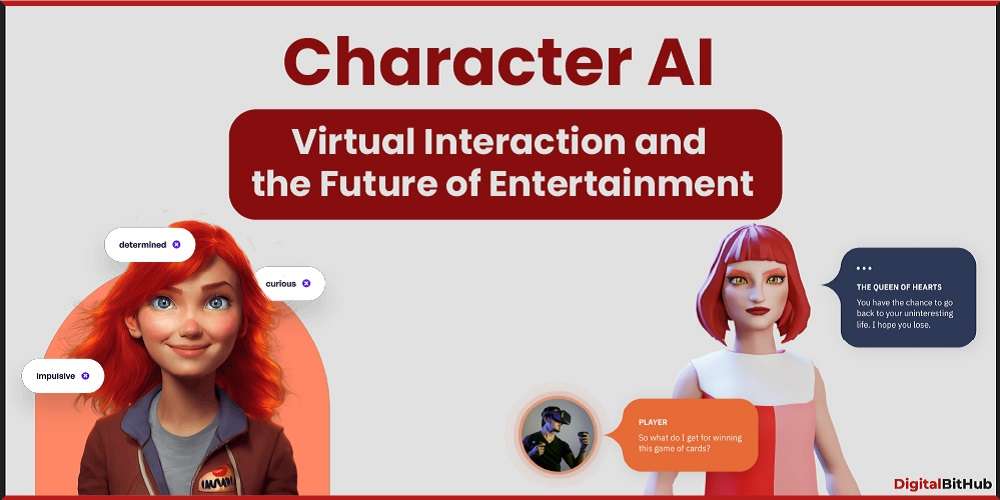Information Technology (IT) refers to the use of computers, software, networks, and other electronic devices to store, retrieve, transmit, and manipulate data and information. IT encompasses a wide range of technologies and applications that enable the processing, management, and communication of information in various forms.
Here’s a breakdown of key components and examples of Information Technology
Computing Devices: IT relies on computing devices such as computers, laptops, tablets, and smartphones. which are used to perform a variety of tasks, including data processing, communication, and accessing information.
Software: Software refers to the programs, applications, and operating systems that enable users to perform specific tasks on computing devices. Examples of software include word processing programs (e.g., Microsoft Word), spreadsheets (e.g., Microsoft Excel), internet browsers (e.g., Google Chrome), and operating systems (e.g., Windows, macOS, Linux).
Networks: Networks allow the conversation and alternate of statistics among computing devices. This consists of nearby vicinity networks (LANs), huge vicinity networks (WANs), and the Internet. Networking technologies such as routers, switches, and protocols facilitate the transmission of data across networks.
Internet and World Wide Web: The Internet and the World Wide Web (WWW) are foundational components of IT. They provide a global network infrastructure for accessing and sharing information, resources, and services. Examples include websites, email, social media platforms, online banking, e-commerce, and cloud computing.
Database Systems: Database systems are used to store, organize, and manage large volumes of data. They enable users to retrieve, update, and manipulate data efficiently. Examples consist of relational databases (e.g., MySQL, Oracle, SQL Server) and NoSQL databases (e.g., MongoDB, Cassandra).
Cybersecurity: Cybersecurity technologies and practices are essential for protecting IT systems, and networks. And data from unauthorized access, cyberattacks, and data breaches. This consists of antivirus software, firewalls, encryption, intrusion detection systems (IDS), and safety protocols.
Information Systems: Information systems are integrated frameworks that combine hardware, software, data, people, and processes to support organizational objectives and decision-making. Examples encompass employer useful resource planning (ERP) systems, consumer dating management (CRM) systems, and enterprise intelligence (BI) tools.
Emerging Technologies: IT encompasses a range of emerging technologies that are shaping the future of computing and information processing. Examples include artificial intelligence (AI), machine learning, and blockchain technology. the Internet of Things (IoT), virtual reality (VR), and augmented reality (AR).
Technology plays a critical role in modern society, powering businesses, governments, educational institutions, healthcare systems, and individuals’ daily lives. It enables the efficient management, communication, and utilization of information to drive innovation, productivity, and progress.
Importance of Technology

The importance of technology in contemporary society is multifaceted and far-reaching, impacting nearly every aspect of human life. Here are some key reasons why technology is essential:
Facilitating Communication: Technology, particularly the internet and mobile devices. Allowing people to connect with others globally in real through. various channels such as email, social media, messaging apps, and video conferencing. This enables the exchange of ideas, information, and resources on an unprecedented scale.
Driving Innovation: Technology drives innovation by providing tools, platforms, and resources for creative problem-solving. The development of new products, services, and processes. It fuels scientific research, technological advancements, and economic growth, leading to improvements in quality of life and societal progress.
Increasing Efficiency and Productivity: Technology enhances efficiency and productivity by automating tasks, streamlining workflows, and optimizing resource allocation. It enables organizations to achieve more with fewer resources, reduce costs, and respond quickly to changing market demands.
Improving Access to Information: Technology democratizes access to information by making vast amounts of knowledge and resources available online. Search engines, digital libraries, and educational platforms provide instant access to educational materials, research articles, and learning resources, empowering individuals to pursue self-directed learning and skill development.
Transforming Healthcare: Technology revolutionizes healthcare delivery by facilitating telemedicine, remote monitoring, electronic health records, medical imaging, and precision medicine. It improves patient care, treatment, and outcomes while enabling healthcare providers to deliver personalized, and accessible services.
Enhancing Education: Technology transforms education by enabling online learning, digital classrooms, interactive multimedia content, and adaptive learning platforms. It expands access to education, removes geographical barriers, and accommodates diverse learning styles, fostering lifelong learning and skill acquisition.
Fostering Economic Development: Technology drives economic development by fostering innovation, entrepreneurship, and job creation. It enables the growth of industries such as information technology, biotechnology, and renewable energy. And advanced manufacturing creates opportunities for economic diversification and prosperity.
Addressing Global Challenges: Technology plays a crucial role in addressing global challenges such as environmental degradation, hunger, and disease. It enables the development of sustainable solutions, renewable energy technologies, efficient resource management systems, and disaster preparedness and response mechanisms.
Empowering Individuals and Communities: Technology empowers individuals and communities by providing access to tools, resources, and platforms for self-expression, and civic engagement. It amplifies voices, fosters social connections, and enables collective action for positive social change.
Technology is a driving force behind the societal transformation, empowering individuals, and organizations, to collaborate, and thrive in an increasingly interconnected and digital world. That must be carefully addressed to ensure its responsible and equitable use for the benefit of all.
Internal Link : emitsnews





